When Real Estate Meets Pop Culture, Buildings Go Viral
Spaces can forge powerful, lasting ties with audiences, benefiting their owners. Here's how ordinary CRE assets become global icons.
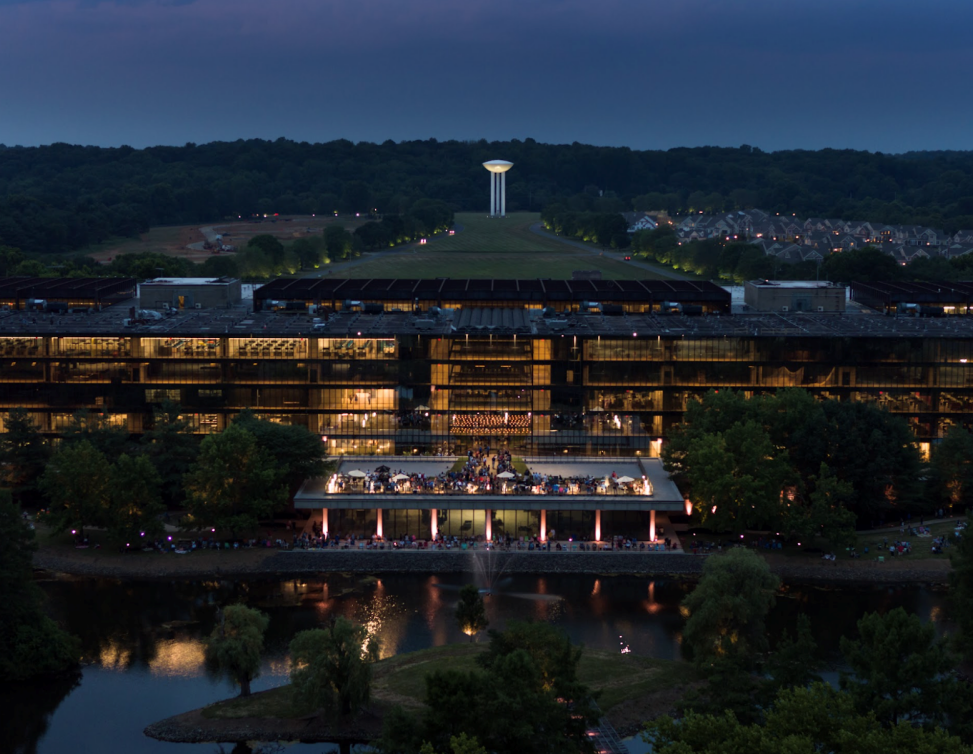
In an age when streaming shows dominate pop culture and viral influencers shape trends, real estate is part of the action, with a new wave of pop culture placemaking taking hold.
Buildings are no longer passive backdrops—they’re starring roles. Their on-screen exposure is driving bookings, luxury real estate sales, foot traffic and brand activation strategies that traditional marketing can’t touch. And the momentum is unmistakable.
One building that has recently been the set of a famous TV series is Bell Works in Holmdel, N.J. Originally built as Bell Labs in 1962 by famed architect Eero Saarinen, the site was reimagined in 2013 by Inspired by Somerset Development as a mid‑century mixed‑use “metroburb” with offices, retail, dining, entertainment and community services. With a 99 percent leasing rate today, it’s become a modern hub for work–life integration and the filming location for the fictional company Lumon Industries in “Severance,” the Apple TV+ series.
Meanwhile, 200 Amsterdam’s Penthouse Two in Manhattan—featured in “Succession,” “Babygirl” and “Owning Manhattan”—also commanded global attention; A different unit within the project, Residence 41, was also featured in Zero Day and recently sold for $20.1 million, marking Manhattan’s priciest Upper West Side deal this year.
But these are not isolated cases—they’re blueprints illustrating the power of pop culture placemaking and the growing influence of pop culture in real estate.
Casting the building
How do CRE assets get a role in a movie or TV show? The production selection process often begins with scouting companies identifying properties with visually compelling design and cinematic potential. That’s exactly how 200 Amsterdam caught the eye of HBO’s “Succession” team.
“What immediately set the property apart was the grandeur of Penthouse Two, with its sweeping 360‑degree views and its distinction as the highest residence on Manhattan’s Upper West Side at the time,” said Matthew Breeden, vice president of development & marketing at SJP Properties, the lead developer behind 200 Amsterdam.
CALL FOR SUBMISSIONS: Take part in CPE’s 2025 Top Owners survey!
For Bell Works, it was its striking mid‑century modern architecture and flexible layout that sealed the deal.
“Bell Works features an iconic glass facade, a sprawling walkable atrium and bold midcentury modern design, offering cinematic quality that’s both timeless and visually striking,” said Ralph Zucker, CEO of Inspired by Somerset Development. “It can seamlessly be modified to portray corporate headquarters, a futuristic tech hub or a dynamic public space. That kind of instant visual impact, combined with the building’s flexibility, made it a natural fit for Apple TV+.”
These aesthetic qualities are essential, but production deals hinge on practical and legal readiness. Damon Juha, who advises property owners on film production agreements at law firm Saul Ewing, knows all about the critical issues.
“It’s a balancing act—on one side, you have paying customers trying to enjoy the property, and on the other, film crews needing space to park, stage and shoot. Timing and location are key,” said Juha. “Legally, we focus upfront on issues like insurance, liability, intellectual property rights like logos or marks and, ideally, the ability to review and approve how the property is portrayed.”
For hospitality and retail operators, securing the right legal safeguards and minimizing disruptions are essential.
Visibility, ROI & placemaking
Once properties hit the screen, the impact can be immediate and lasting. For 200 Amsterdam, exposure in “Succession” was more than a cameo. It became a catalyst for repositioning the building as an icon of ultra-luxury living on Manhattan’s Upper West Side. The show’s devoted audience—many of whom track filming locations as closely as character arcs—translated screen time into a new wave of real-world interest.
“Since Penthouse Two’s on‑screen debut … the building has become a go‑to location for other major productions,” Breeden said. “Beyond film and TV, 200 Amsterdam has also become a sought‑after setting for fashion and decor photo shoots and continues to attract a steady stream of influencers.”
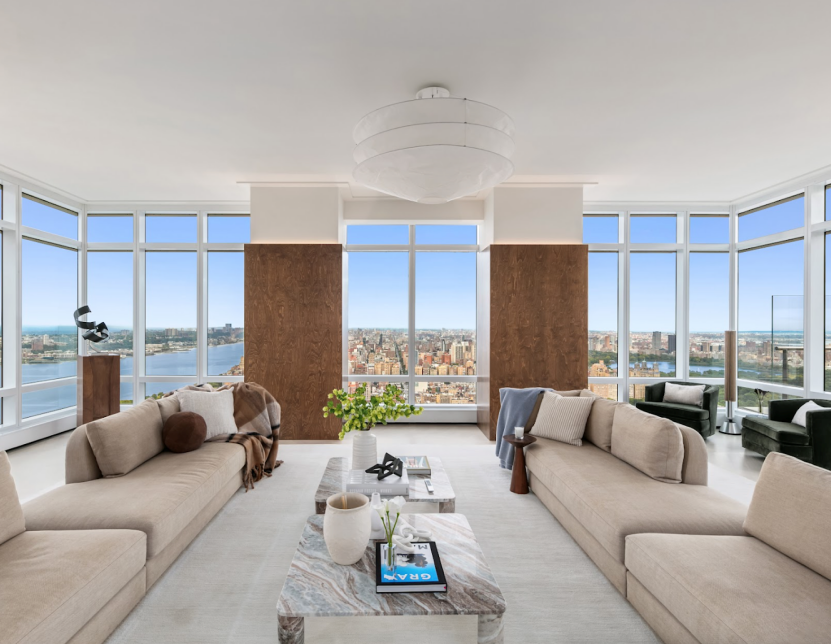
That visibility has made its mark on the sales front. While one residence recently closed as one of Upper West Side’s most notable trades in 2025, the final penthouse—featured in multiple shows—remains listed at nearly $35 million, with global interest driven in part by its pop culture placemaking profile and commanding skyline views.
The connection between media exposure and luxury real estate performance isn’t new—but it’s growing more strategic. In a 2023 study by Knight Frank, 69 percent of global luxury buyers said that cultural relevance, including media visibility and social buzz, significantly influenced their perception of a property’s value. In competitive urban markets like New York, that influence often translates into both pricing power and brand equity.
For 200 Amsterdam, being known as Roman Roy’s fictional residence has added a layer of narrative appeal that traditional marketing can’t replicate. The building now exists not only in listing photos and brochures—but also in the cultural imagination.
READ ALSO: Why Retail Belongs in Office Projects
At Bell Works, impact similarly rippled outward.
“As season two premiered, we saw a major uptick in visitors and fans at the property,” Zucker noted. “Fans were constantly posting photos and videos. Many visitors were surprised to see that Bell Works is so much more than just office space—it’s truly an all‑in‑one destination.”
This real-world surge in foot traffic echoes the “metroburb” vision—where workplace, retail, education and entertainment converge. TikTok buzzed with posts tagged #severance #lumon #bellworks, with fans calling it their pilgrimage destination. And it’s not only casual visitors: Lifestyle brands, event planners and office tenants have leveraged the property’s new pop culture identity.
“Our tenants have also leaned into the show’s fame by curating Severance-inspired menus and using references from the show in their marketing efforts,” Zucker revealed. “This has helped make our tenants part of the larger story, which adds another layer of relevance for today’s consumers.”
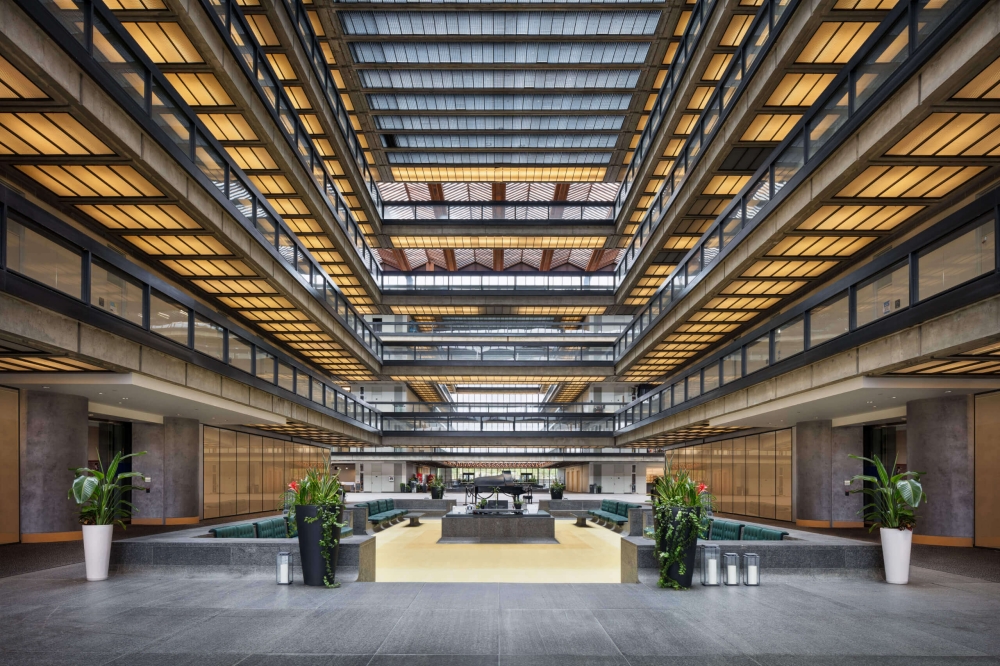
These engagements go beyond nice-to-have exposure—they lead to measurable outcomes. Juha talks about a broader “packaging effect.”
“The ‘White Lotus Effect’ seems to be a real thing,” he said. “The hotels featured in HBO’s show report having increased interest and bookings subsequent to being featured in the show.”
CRE owners actively capitalize on this exposure through pop-up activations, celebrity open‑houses, broker showcases and influencer campaigns.
Media exposure as a foundation of placemaking
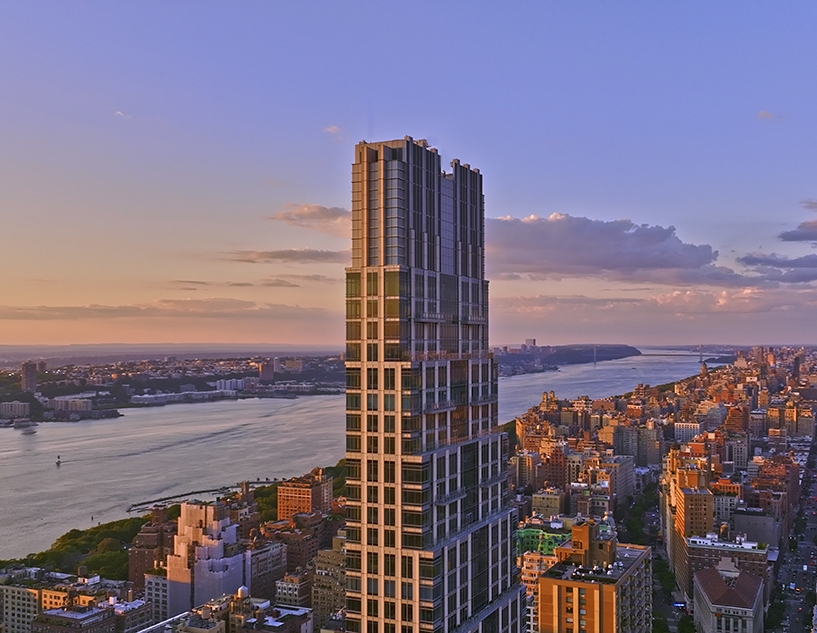
What once was considered a marketing bonus—an incidental perk of a production choosing a building for its aesthetic—is now widely seen as a deliberate brand strategy. Developers, owners and marketers are increasingly factoring media exposure into their long-term vision for a property, treating it as a meaningful channel for both visibility and value creation.
This shift reflects a broader transformation in how real estate engages with culture. It’s no longer just about being seen. It’s about being recognized, referenced and remembered. In today’s media landscape, where content lives indefinitely across platforms and clips go viral in minutes, a single scene can carry lasting ROI.
“Real estate is no longer just the backdrop in films and shows—it’s becoming part of the story itself and has even created a foothold for tourism in unexpected destinations,” said Breeden. “We’re seeing buildings and destinations cast as full-blown characters in their own right. Properties like 200 Amsterdam are not just part of the narrative, they’re driving conversations in pop culture and creating a new level of placemaking that our industry hasn’t seen before.”
Zucker believes that aligning with pop culture isn’t just a viable strategy for asset differentiation, it’s an essential part of placemaking. His vision sees physical environments taking on cultural identities that transcend geography.
“We’re entering a new era where physical places are increasingly defined by their digital and cultural footprint,” he said. “A single viral moment can completely reframe how the public sees a space.”
Local economic impact
A 2024 U.S. Film & Television Economic Impact report shows that Westchester County, N.Y., earned nearly $924 million from the film/TV sector last year, with a 51 percent increase in related jobs. The figure includes direct and indirect economic benefits from production activity, employment and related spending within the county. Among the most recent productions to film in Westchester are HBO series “The Gilded Age” and Netflix’s “Zero Day,” with the locations and buildings featured in the series becoming fan magnets.
Nationally, film tourism is estimated to be growing 6 to 8 percent annually, a phenomenon that’s having a massive impact on the residential and commercial real estate industries. Set-jetting—the practice of visiting real-life filming locations of films and TV shows—is generating demand for rentals and bringing increased foot traffic to retail areas and restaurants.


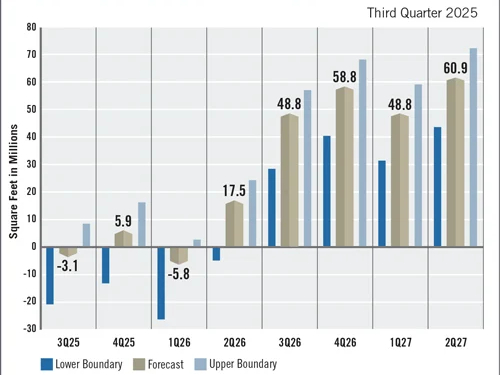

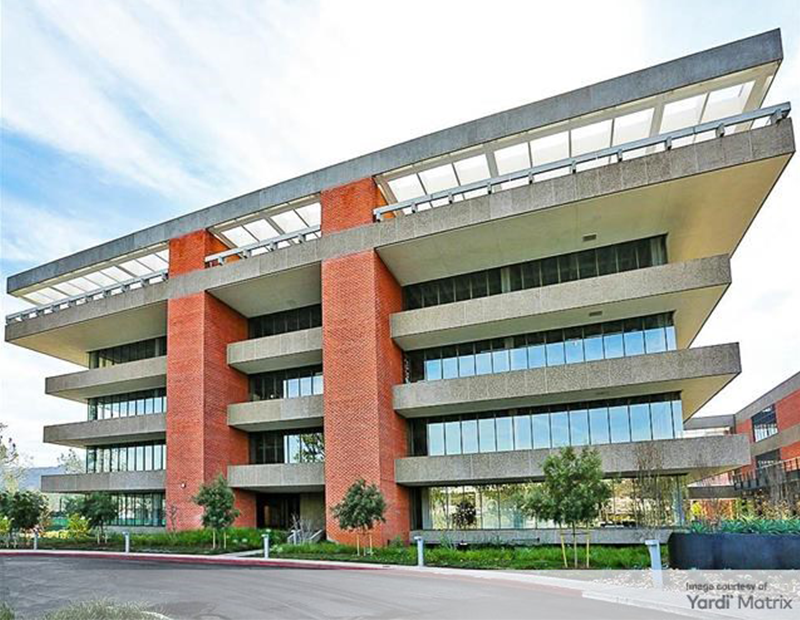
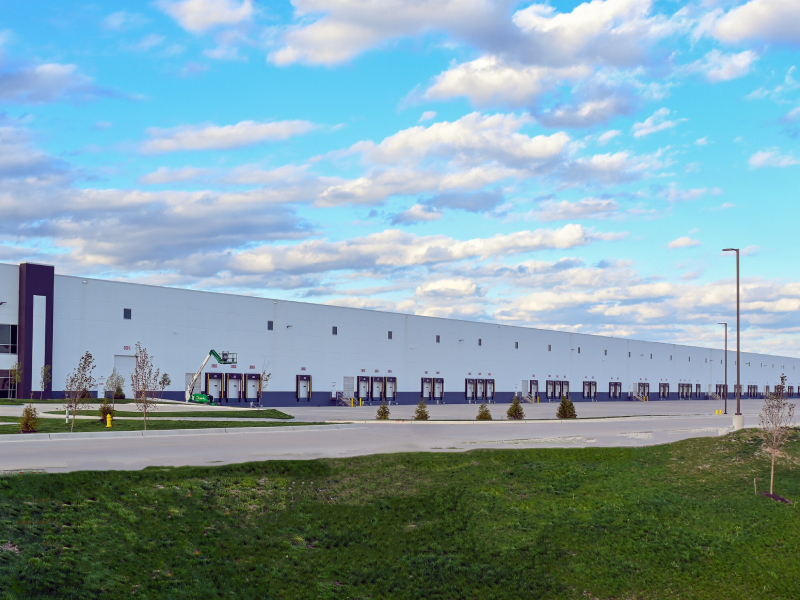


You must be logged in to post a comment.